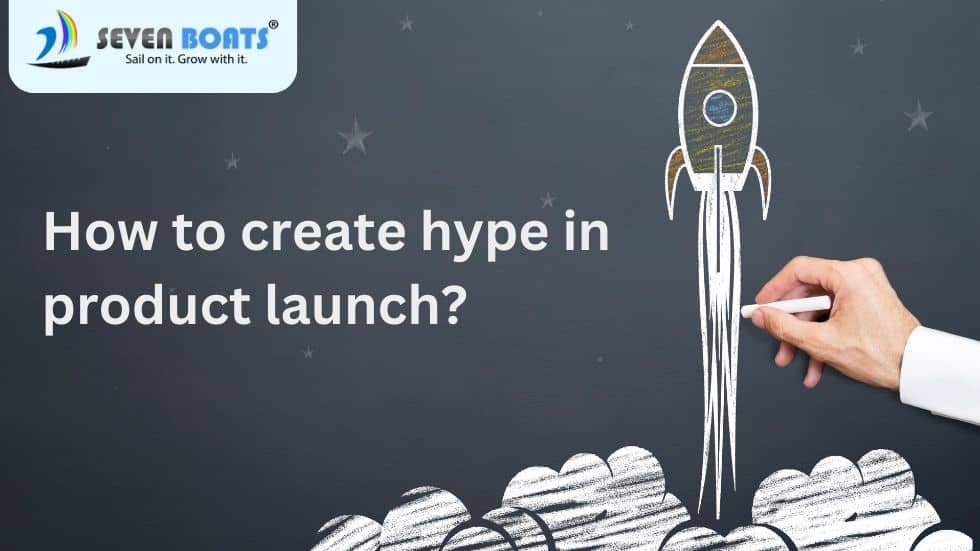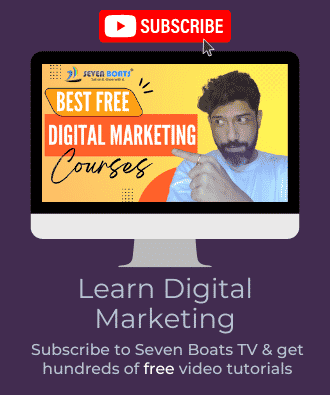Creating hype for a product launch is crucial for generating excitement and anticipation among your target audience. Here’s a detailed guide on how to create more hype for a product launch:
Step 1: Understand Your Target Audience
Before you start creating hype, it’s essential to know who you’re trying to reach. Understand their needs, wants, and preferences. Conduct market research to get a deeper understanding of your target audience.
Step 2: Create a Unique Selling Proposition (USP)
Identify what makes your product unique from the competition. This will be your USP, which you’ll use to generate interest and excitement about your product.
Step 3: Develop a Pre-Launch Strategy
Create a timeline for your pre-launch strategy, including key milestones like teasers, pre-orders, and special promotions. This strategy should be designed to build anticipation and excitement leading up to the launch.
Step 4: Leverage Social Media
Use social media platforms to engage with your audience. Share behind-the-scenes content, teasers, and sneak peeks to build anticipation. You can also use paid advertising to expand your reach.
Step 5: Create Teaser Videos
Produce short and intriguing teaser videos that provide glimpses of the product without giving too much away. Share these videos on social media and YouTube to pique interest.
Step 6: Collaborate with Influencers
Influencer marketing is a powerful tool for creating hype. Collaborate with influencers in your niche to promote your product. They can help you reach a wider audience and increase your product’s visibility.
Step 7: Offer Early Access or Pre-Orders
Offering early access or pre-orders to your product can create a sense of exclusivity and urgency. This can encourage people to buy your product as soon as it launches.
Step 8: Host a Launch Event
Host a virtual or physical launch event to celebrate your product’s release. This could be a party, a live stream, or a webinar where you showcase your product and its features.
Step 9: Send Email Blasts
Use your email list to keep your audience updated about your product. Send them exclusive content, offers, and reminders about your product launch.
Step 10: Leverage PR
Reach out to media outlets and bloggers in your industry. Offer them exclusive information or samples of your product to review. This can generate buzz and increase your product’s visibility.
Step 11: Run Contests and Giveaways
Organize contests or giveaways with the product as the prize. Encourage participants to share the contest on social media, increasing the reach.
Step 12: Create a Landing Page
Design an attractive landing page dedicated to the product launch. Include captivating visuals, product details, and a sign-up form for notifications.
Step 13: Collaborate with Complementary Brands:
Partner with other businesses that offer complementary products or services. Cross-promotion can expand your reach and introduce your product to new audiences.
Step 14: Limited-Time Offers:
Create a sense of urgency by offering limited-time discounts or special offers for early adopters. This can encourage people to make a purchase sooner rather than later.
Step 15: Beta Testing
If applicable, run a beta testing phase and involve a select group of customers. Their positive feedback can generate excitement and anticipation.
Step 16: Create Engaging Content
Develop high-quality, informative, and engaging content around the product. This could include blog posts, videos, podcasts, or infographics that showcase its benefits and use cases.
Step 17: Engage with Your Audience
Respond to comments, questions, and feedback on social media and other platforms. Engaging with your audience can build a stronger connection and generate more excitement.
Step 18: Customer Testimonials
Share testimonials from beta testers or early customers who have had a positive experience with the product.
Step 19: Mobile App Promotion
If your product has a mobile app, promote it through app stores, optimize for app store search, and consider using paid ads.
Step 20: Use Paid Advertising
Invest in targeted online advertising campaigns on platforms like Google Ads, Facebook Ads, and Instagram Ads to reach a wider audience.
Step 21: Monitor and Adjust
Continuously monitor the effectiveness of your hype-building efforts. Adjust your strategy based on the feedback and engagement you receive.
Step 22: Post-Launch Strategy
After the product launch, keep the momentum going. Share customer testimonials, positive reviews, and use cases of your product. This can help maintain interest and excitement about your product.
Remember, creating hype for a product launch is all about strategically building anticipation and excitement. It requires careful planning, innovative thinking, and effective execution. Good luck with your product launch!
Examples of Product Launch Strategies by Brands
Sure, here are a few interesting case studies on product launch strategies by brands to create hype:
- TikTok and Instagram Social Media Marketing Campaign Strategy: A study conducted by MIT looked into how TikTok and Instagram used social media marketing strategies to build brand awareness and launch new products. The brands started promoting their products with a specific hashtag, creating a hype around the product before its launch. This strategy successfully increased the visibility of their products and engaged their target audience.
- Honda UK’s Viral Marketing Campaign: Honda UK used viral marketing to spread their brand message and create a buzz around their products. Their campaign was so successful that it became a case study for developing viral marketing strategies. Viral marketing can be an effective way to quickly generate interest and excitement about a new product.
- Music Festivals’ Social Media Engagement: Music festivals often use social media platforms to engage with their audience and create a buzz about the event. One such case study showed these festivals running tease campaigns to generate excitement. This strategy not only drew attention to the festival but also increased ticket sales.
- Brand Marketing Strategy of Live Streaming in Mobile Era – Case Study of Tmall Platform: Tmall, a popular Chinese online retail platform, uses live streaming as part of its marketing strategy. The platform creates low-cost hype that attracts consumers’ attention in the short term. With the launch of personalized brand customization products, Tmall has seen a significant increase in consumer engagement.
- Xbox Product Launch Process: Xbox used customized design and strategic placement in a popular shopping district to create buzz for its product. This case study showed that physical product characteristics and brand names can significantly influence the success of a product launch source.
Remember, these strategies are just examples, and what works for one brand may not work for another. It’s crucial to understand your target audience and develop a marketing strategy that will appeal to them.








0 Comments